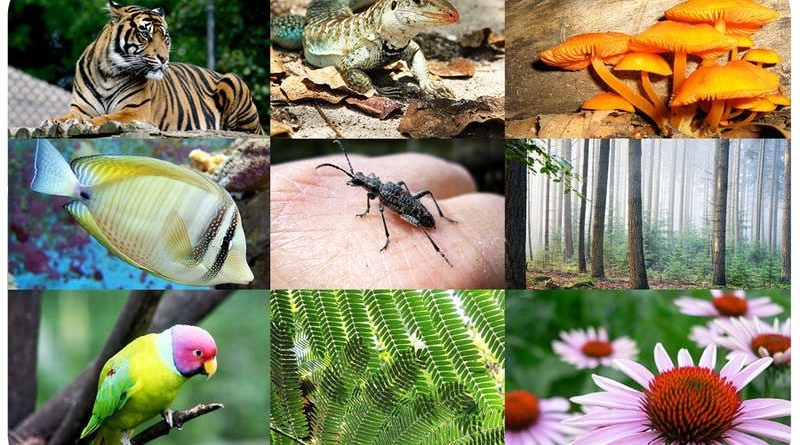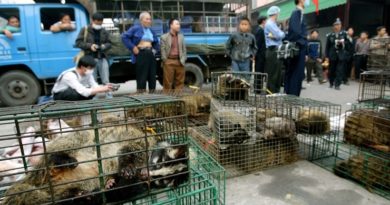Biodiversity is key for the fertility and productivity of arid ecosystems
A Spanish and French team of researchers including Universidad de Alicante (UA) researcher Santiago Soliveres, members of the Universidad Rey Juan Carlos, the National Agronomy Research Institute of France (INRA) and the Spanish National Research Council has studied the multiple facets of vegetable biodiversity in 123 arid and semi-arid ecosystems across the planet. The results, which are compiled in an article published in Proceedings of the National Academy of Sciences(PNAS), show the importance of scarce species and their evolutionary history to maintain land fertility and productivity in arid areas around the world.
Environmental conditions influence the species of plants that live in any given area. For example, if there is great herbivory, they will develop thorns to protect themselves. If it doesn’t rain much, like in many Iberian settings, they will grow small, thick leaves, or organs that store water. If there is snow, a flat, round shape will help them deal with the extra weight they will have to bear.
The number of species or taxonomic variety is the most commonly used measurement of how ecosystems change and what consequences can be foreseen for the future. Their evolutionary diversity, or the thousands of years of evolution that produced the plants, is also important. It is an indicator of adaptations to past climate, but also of the establishing of mutual relations or co-evolution with enemies such as pathogens and herbivores.
“We knew all these features of biodiversity were important for the functioning of ecosystems, but their effects as a whole had never been studied. This is important, as these features are not necessarily related to one another, nor will they respond the same way to climate change. Therefore, we must know their role as a whole and not independently in order to better predict the consequences these changes will have on diversity,” explains Santiago Solveres Codina, researcher from the Department of Ecology of the UA and co-author of the study. The scientist says that “this is the first time that evolutionary diversity has been studied as a whole. In other words, how many millions of years have been accumulated, the diversity of functional features, which marks what shape the parts of the plant will take, and the taxonomic diversity or number of species.”
Less abundant species
Scientists have studied ecosystems as varied as Iberian grass steppes or rosemary-based fields, African and Australian savannahs and pampas in Patagonia. In all of them, the scientists assessed variables such as the recycling of nutrients, the contents of organic matter in the soil or the productivity of its vegetation, which determine the cycles of the three most important elements for life: carbon, nitrogen and phosphorus.
Beyond the number of species, this study reveals that the less abundant species and their evolutionary diversity are key factors to maintain the functioning of arid ecosystems.
“Curiously, the functional features of the dominant species were the ones which determine each function on their own, but their effects have different signs in each of the main nutrients. In other words, no dominant species can maintain high levels of all the functions at the same time, regardless of the environmental conditions. That is where the group of less common species comes into play, as these are able to carry out multiple functions, and our study reveals that it is mainly the evolutionary component of their biodiversity that determines this capability,” says Soliveres Codina.
The loss of biodiversity that we are suffering directly threatens the capabilities of ecosystems that are key for human survival and well-being. “Therefore, our research can help define better biodiversity preservation and management programmes, as well as helping to choose with which species to restore degraded ecosystems,” concludes Yoann LeBagousse-Pinguet, coordinator of the study and researcher of the Universidad Rey Juan Carlos (URJC).
“In ecological restoration, this guides what species to use in each case, it helps managers to know what species of families to place,” explains the UA researcher.
Originally published on phys.org bit.ly/2UhyvqC




